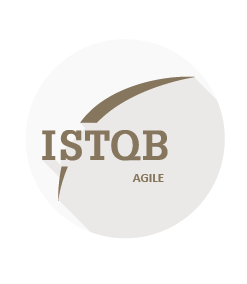Risk-based testing
Risk-based testing helps you to prioritize the scope of your tests. It is used for test planning, follow-up, and reporting.
Learning objectives
You will become better at test scope risk evaluation, as well as receiving the following other benefits:
- You will know what risk-based testing is and what it can be used for
- You will learn to perform a risk analysis and test it in practice
- You will try out translating risks into action
- You will try out using risks as a basis for prioritizing testing
- You will receive templates and forms for use with risk-based testing
- You will bring home concrete tools from the course
Target audience
You participate in prioritizing testing, either as a tester or in a role as responsible for conducting larger or smaller testing cycles, whether you are a tester, test co-ordinator, test manager, project manager with testing responsibilities, etc. Experience with software testing and IT projects, as well as familiarity with the basic concepts is expected.
Course format
The course is structured around short theoretical overviews that ensure a good understanding of the methods and their value. You will test out the theory and risk workshopping on a case. This will give you practical insight into and dialogue about the methods. Further it gives you the ability to transfer them to your own project.
The course will be characterized by dialogue and debate based on your, the other participants’, and the instructor’s experience.
In-house training
If you are more than 5 people from same organisation, it can be beneficial to consider the course as in-house training. We conduct the course exclusively for your employees, either as standard as described or tailored to your needs.
In-house training offers several benefits. It can lead to financial savings when training more than five people. This approach fosters intensive exchange of experiences and encourages knowledge sharing among employees. Additionally, it helps in building a common understanding of the subject matter among the workforce. Furthermore, in-house training provides the opportunity for unique customization based on a company’s specific methods and processes.










